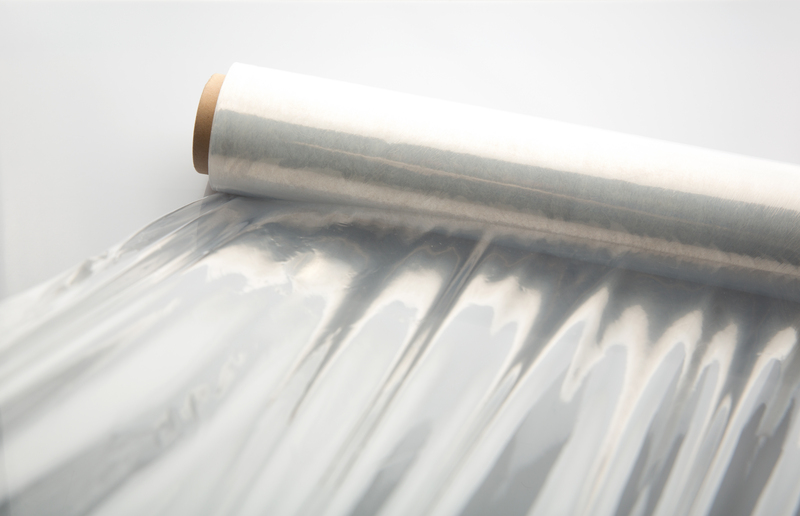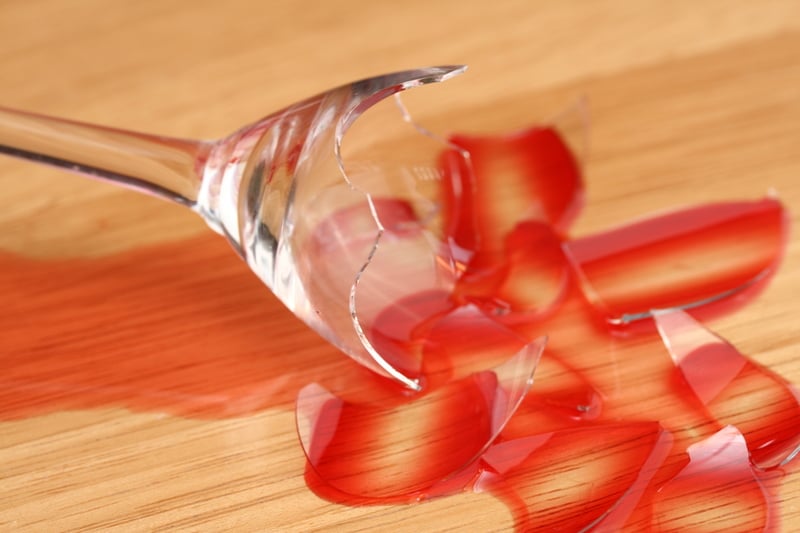3 Simple Steps to a Clean Dishwasher
Posted on 01/12/2024
Maintaining a clean dishwasher is crucial for ensuring that your dishes come out spotless and free from bacteria. Dishwashers can accumulate food particles, grease, and soap scum over time. Fortunately, keeping your dishwasher in pristine condition is easier than you might think. In this article, we will outline three simple steps to achieve a clean dishwasher, along with some additional tips and tricks to keep it running efficiently.
Step 1: Clean the Filter
One of the key components of your dishwasher that requires regular maintenance is the filter. The filter traps food particles and other debris, preventing them from clogging the drain. Over time, the filter can become clogged and reduce the efficiency of your dishwasher. Here's how you can clean it:
- Locate the Filter: Most dishwashers have a filter located at the bottom of the machine. Consult your dishwasher's manual to find its exact location.
- Remove the Filter: Typically, the filter can be unscrewed or unlocked with a simple twist. Carefully remove it from the dishwasher.
- Clean the Filter: Rinse the filter under running water, using a soft brush to remove any stubborn debris. If there's heavy buildup, you can soak the filter in hot, soapy water for a few minutes before scrubbing.
- Reinstall the Filter: Once the filter is clean, place it back in its original position and lock it in place.

Step 2: Deal with Hard Water Deposits
Hard water deposits can leave unsightly spots on your dishes and create mineral buildup inside your dishwasher. To tackle this problem, you can use a few household items:
White Vinegar
White vinegar is an excellent natural cleaner that can help break down mineral deposits.
- Fill a Dishwasher-Safe Cup with Vinegar: Place a cup of white vinegar on the top rack of your empty dishwasher.
- Run a Hot Water Cycle: Run the dishwasher on the hottest setting. The vinegar will help dissolve any mineral deposits and leave your dishwasher smelling fresh.
Baking Soda
Baking soda is another effective cleaning agent that can help remove stains and odors.
- Sprinkle Baking Soda: After running the vinegar cycle, sprinkle a cup of baking soda on the bottom of your dishwasher.
- Run a Short Cycle: Run the dishwasher on a short, hot water cycle. The baking soda will help deodorize and brighten the interior.
Step 3: Clean the Spray Arms and Door Gasket
The spray arms and door gasket are often overlooked when cleaning a dishwasher, yet they play a crucial role in its performance.
Spray Arms
The spray arms distribute water throughout the dishwasher to clean the dishes. Clogged spray arms can impede water flow and affect cleaning efficiency.
- Remove the Spray Arms: Depending on your dishwasher model, you may need to unscrew or unclip the spray arms to remove them.
- Clean the Spray Arms: Rinse the spray arms under running water. Use a toothpick or small brush to clear any clogged holes.
- Reinstall the Spray Arms: Once the spray arms are clean, reattach them to the dishwasher.
Door Gasket
The door gasket seals the dishwasher door and prevents water from leaking out. Over time, it can accumulate grime and mold.
- Inspect the Gasket: Check the door gasket for any signs of buildup or mold.
- Clean the Gasket: Use a damp cloth and a mild detergent to wipe down the gasket. An old toothbrush can help reach into the folds and crevices.
Additional Tips for Maintaining a Clean Dishwasher
While the three steps outlined above are essential for cleaning your dishwasher, there are a few additional tips that can help keep it in top condition:
Run Hot Water Before Starting a Cycle
Before starting your dishwasher, run the hot water tap in your kitchen sink until the water is hot. This ensures that the dishwasher starts with hot water, improving its cleaning efficiency.
Use the Right Detergent
Choose a high-quality detergent that is designed for use in dishwashers. Avoid using too much detergent, as excess soap can leave residue on your dishes and inside the machine.
Scrape and Rinse Dishes Before Loading
While you don't need to fully wash your dishes before loading them into the dishwasher, it's a good idea to scrape off excess food and rinse away large particles. This prevents the filter from becoming clogged and improves the overall cleaning results.
Run Regular Cleaning Cycles
In addition to the deep cleaning steps mentioned above, running a monthly cleaning cycle with a dishwasher cleaner can help maintain your machine's performance and prolong its lifespan.

Check for Leaks
Periodically inspect your dishwasher for any signs of water leaks. Leaks can cause damage to your kitchen floor and cabinetry. If you notice any leaks, check the door gasket and hoses for damage and replace them if necessary.
Monitor Water Temperature
Ensure that the water temperature entering your dishwasher is at least 120?F (49?C). Water that is too cool can prevent the detergent from dissolving properly and lead to poor cleaning results.
Conclusion
By following these three simple steps--cleaning the filter, dealing with hard water deposits, and cleaning the spray arms and door gasket--you can keep your dishwasher in optimal condition. Regular maintenance not only ensures that your dishes come out sparkling clean but also helps extend the life of your appliance. Incorporate these additional tips into your routine to further enhance your dishwasher's performance and efficiency. A clean dishwasher means cleaner dishes and a more hygienic kitchen environment.







